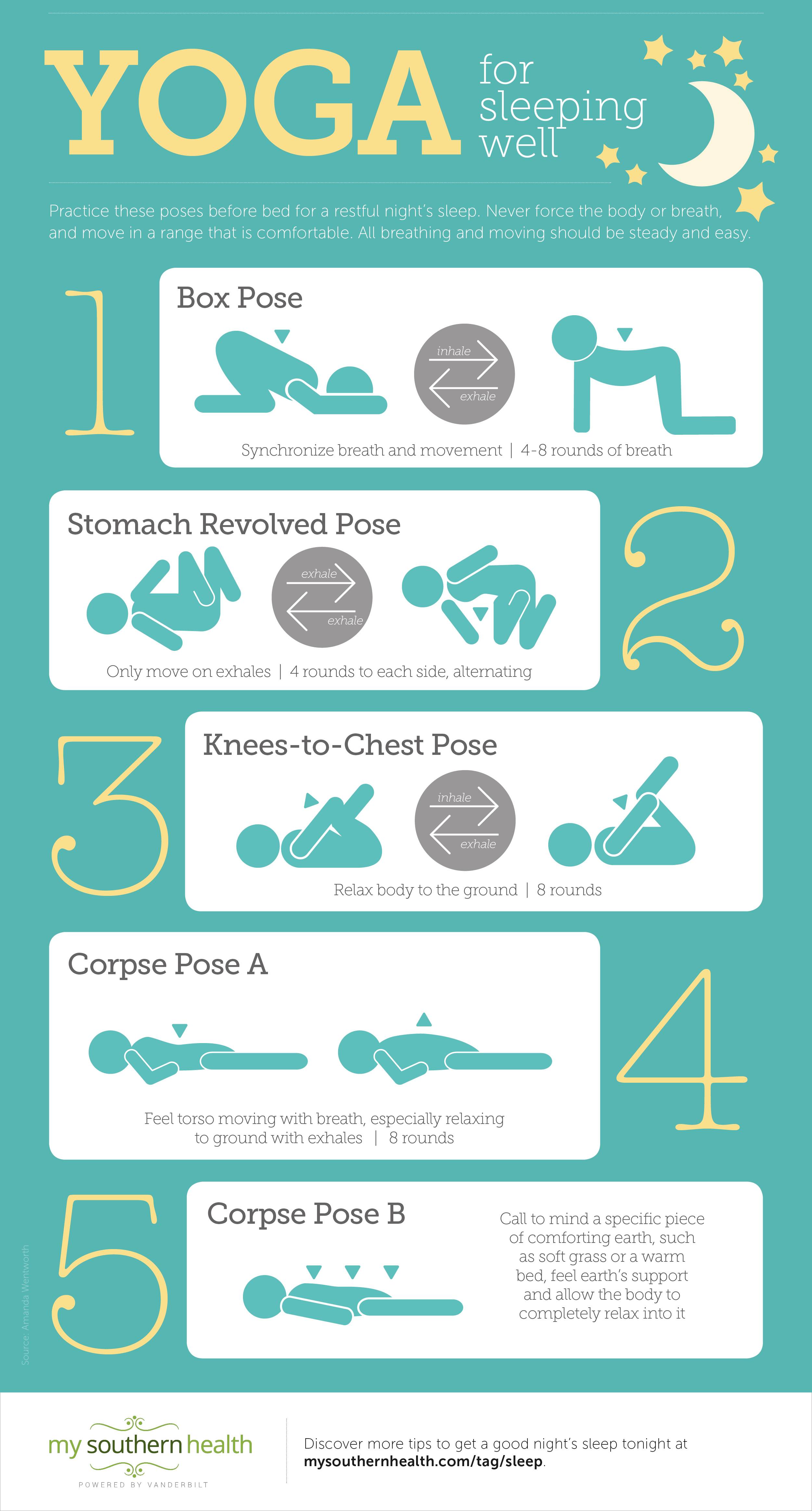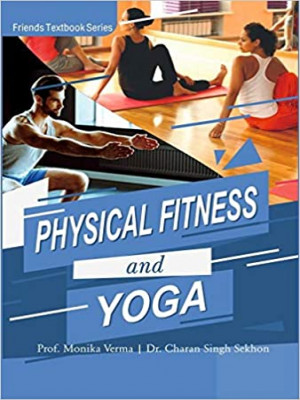
Here's a great place to find out more about Ashtanga yoga. Here's a list of the things you should look for in a yoga body. These are the three most important aspects of a great yoga practice:
ashtanga yoga mind
Ashtanga yoga uses a sequence of postures called the asanas. These physical exercises can improve flexibility, strength endurance, mental clarity and mobility. Ashtanga helps practitioners improve their focus and clarity. Additionally, the sequence slowly builds up core muscles strength. Regardless of your level or fitness level, you can practice Ashtanga yoga six days a week to reap the benefits of its mind-body benefits.
The 8 limbs of Ashtanga are built on a series or asanas, which is a collection of movements. Each posture has the purpose to increase mental clarity and purify inner organs. The basic series includes ten postures (or asanas). However, more advanced students will learn the Advanced A Series. It is said to be the most powerful yoga practice today.
Ashtanga yoga helps to improve the mental and emotional aspects of a person's lives. It can be used to overcome emotional difficulties and help you see the world from a different perspective. It improves coordination between mind and body through the constant awareness of breath and movement. Ashtanga yoga has many benefits for your mental health, including reducing anxiety and stress. It promotes flexibility and physical strength. Among its many benefits, Ashtanga yoga helps people manage sensitive issues.

Ashtanga yoga helps students attain balance. It is a full body workout that combines three elements of yoga: vinyasa, bandhas (energy locks), drishti, or one-pointed concentration, and drishti. The perfect balance of mind-body and spirit is created by the combination of these three elements.
Students learn six series during ashtanga yoga practice: a primary, intermediate, and four advanced series. The first series includes the Sun Salutations (also known as surya namaskaras) and five variations of it. The Sun Salutations are repeated five times in the primary series, and the intermediate series begins with the Sun Salutations B. All six series contain the Sun Salutations sequence. It is repeated three to five more times. The next sequence is the standing. All six series are taught under the supervision of a personal instructor. Asanas can be challenging, the practice is usually accompanied by a soothing soundtrack.
Ashtanga Yoga was established in the early 1900s by Sri K. Pattabhi Jois who passed it on to Sri K. Pattabhi Jois. The teachings of ashtanga yoga were originally recorded in the Yoga Korunta by Vamana Rishi. The Ashtanga Yoga Institute, Mysore, India continues these ancient practices today.
Ashtanga can be described as a dynamic, six-position practice. It is performed in the same order each time and is incredibly structured. A student can expect to know what to do even after just one class. Some studios provide classes without instruction. This can make Ashtanga Yoga difficult for beginners. You will see improvements in your mental clarity, flexibility, and physical strength with a little practice.
Apart from strength, ashtanga Yoga mind and body exercises also emphasize the breath. The asanas help to build mental stability and are interconnected. The dristi, which is the gazing spot, can help you concentrate and improve your concentration. Bandhas are simple and effective techniques for purifying your mind. They can be done with the hands or feet. They help direct and seal energy throughout the body.

The Primary Series is Ashtanga Yoga’s main series of yoga poses. These postures are the most important and are taught using a traditional vinyasa counting. This reinforces the flow of the entire practice and helps the practitioner focus on inward. Ashtanga yoga not only strengthens the body but also helps practitioners learn to breath deeper and more deeply. An Ashtanga class with this basic series is unlikely to be a success for beginners. It is recommended that those who have experience with the style try it.
Ashtanga classes can be held before work in the early hours of the morning. This allows yogis to get their morning routine in. But it's possible to have a different routine if you start practicing earlier in your day. Those with busy schedules, like those of those in the "Mysore" style of practice, will have to practice a morning routine. To avoid crowding out less healthy habits, it is a good idea to choose a time when you can practice yoga.
FAQ
What causes adolescents to have mental health problems?
Adolescence is a time when we start developing our identities. We start to define who we are as individuals and how we fit into society.
These times are also a good time to make new friendships or romantic connections. These experiences can be stressful.
Normal stress is normal. However, if you feel stressed beyond your usual levels, you should seek professional help.
Sometimes, it is not possible to handle everything on your own.
During times when you are stressed, your friends and family can help. They may also be able to help you find ways to cope with stress.
You might consider meditation or doing some exercise. Both can help with stress reduction.
You can also join a group like a church, sports team or church. You will meet new people and make new friendships.
What are the 5 ways you can improve your mental and emotional health?
-
Exercise – Physical activity improves brain function as well as increases energy levels.
-
Sleep – Getting enough sleep can help reduce anxiety and stress.
-
Nutrition - Eat healthy foods such fruits and veggies to keep your body strong, energized and happy.
-
Meditation - Regular meditation reduces stress and anxiety.
-
Socialization – Spending time with our friends and families keeps us happy.
How can you tell if you are suffering from a mental illness or not?
When symptoms interfere with daily life, a person can be diagnosed with a psychological illness. The symptoms of mental disorders vary from person-to-person. The most common signs are: sadness and anxiety; feeling guilty, hopeless; lonely; depressed; confused; worthless; guilty, suicidal.
A person may also be diagnosed with a mental disorder if they meet at least three out of four criteria listed below:
-
Disturbed thoughts or feelings
-
Be disturbed
-
Disturbance in functioning
-
Inability to relate to others
Statistics
- More than 40 million adults in the United States have an anxiety disorder, but less than 37% of people seek mental health treatment for their symptoms. (talkspace.com)
- Appropriate nutrition and exercise are likely among the most efficacious and cost-effective positive mental health interventions. (ncbi.nlm.nih.gov)
- Similarly, while there is some agreement about the boundaries of typical mental disorders 2, there is likely less agreement about those for positive mental health. (ncbi.nlm.nih.gov)
- Similarly, for positive mental health, there is likely to be substantial agreement about some typical components (e.g., resilience to stress) 6, and controversy about more atypical components (e.g., career consolidation). (ncbi.nlm.nih.gov)
- It means no drinking any alcoholic beverages and no taking any drugs that aren't 100% natural.
External Links
How To
How to improve memory
Everyone hopes to be able recall more about memory. Memory loss happens to everyone at some time. In fact, more than half of Americans over 65 suffer from some form of dementia.
You have many options for improving your memory. Here are three simple steps you can try today:
-
Consume More Fruits & Vegetables. Vegetables contain phytochemicals, vitamins, nutrients, fiber, antioxidants, and minerals that enhance brain function. They also contain vital nutrients that protect against neurological illnesses.
-
Get Enough Sleep. Sleep deprivation has been linked to poor concentration and memory loss. Make sure you get seven to eight hours of restful sleep each night.
-
Take A Walk. Walking stimulates blood flow, which increases memory. Walking helps you look slimmer, healthier, and more energetic.